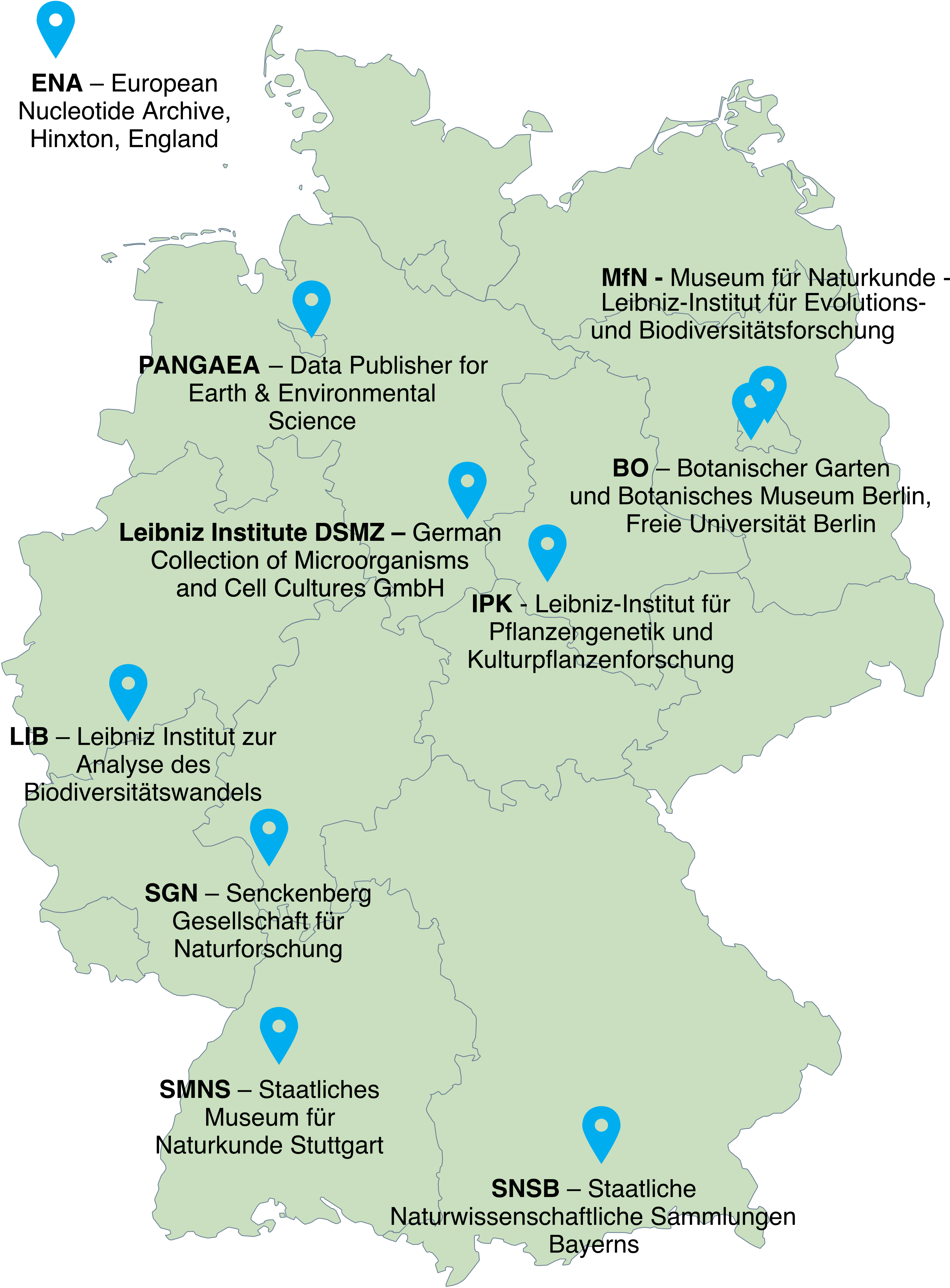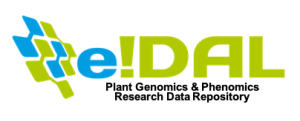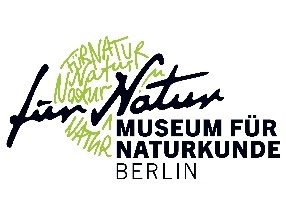About the Data Center Network
The ten Data Centers listed below are are infrastructure partners in the GFBio broker network. They entail seven Data Centers located at natural history collections located throughout Germany and three Data Centers specialised in plan, nucleotide and environmental data. The Data Centers are departments of science informatics and data infrastructures at recognised science institutions devoted to manage, store, archive and publish various types of bio- and geodiversity data. Data submitted through GFBio are transmitted to and curated by data curators at a matching GFBio Data Center, based on the profiles below. Data are available via various facets of the GFBio search portal.
The core group of ten GFBio data centers has agreed on a number of consensus documents, tools, data pipelines and standards and technical formats for interoperability.
Wondering if your data is suitable for archival & publication in one of the data centers? Get to know the Data Centers below !
Ready to archive your data? Submit your data via the GFBio submission service
Questions regarding your data? Contact our Helpdesk!
Data Centers
Data Centers specialized on Plant, Nucleotide and Environmental Data
e!DAL-PGP archives, curates and publishes cross-domain, plant-related research data that exceeds existing repositories due to their size or scope. This includes for example:
- image collections from plant phenotyping and microscopy
- unfinished genomes
- genotyping data
- visualizations of morphological plant models
- data from mass spectrometry
- software & documents
PANGAEA archives, curates and publishes multidisciplinary (e.g. geochemical, biological observational and occurrence) data from marine and terrestrial environments. Curation includes user support, definition of data set granularity, quality control, archival format transformation, metadata description and control. Supported data types are tabular data but also binary data, e.g multimedia.
Data Centers at Natural Science Collections
The BGBM has a strong interest in collection and observational data as well as taxon-level data management covering the entire taxonomic workflow, in particular in the field of Botany. The taxonomic expertise and interest is that of the BGBM (see http://www.bgbm.org/en/research). Taxonomic research, through which plants are identified, described, named and classified, is a central element of our daily work.
Data archived:
- Botanical specimen data; Referenced multimedia objects
- Botanical observational data
- Botanical systematics and monographic works
- Experimental raw data (data sets and/or data packages) only if well documented and in formats and structures appropriate for long-term archiving
The DSMZ data center focusses on providing organism-linked information covering the multifarious aspects of bacterial biodiversity.
Data archiving for research projects:
- Data accompanied by the deposit of a biological resource (bacterial or cell culture lines) within the DSMZ collections (Deposit in the DSMZ)
- Data describing microbial diversity (e.g. taxonomic classification, morphology, physiology, cultivation, origin, natural habitat)
The Leibniz Institute for the Analysis of Biodiversity Change is a foundation under public law. The Biodiversity Data Center as part of the LIB is aimed at hosting, archiving, publishing and distributing data from biodiversity research and zoological collections.
The Biodiversity Data Center handles and curates data on:
- The specimens of the institutes collection, including provenance, distribution, habitat, and taxonomic data.
- Observations, recordings and measurements from field research, monitoring and ecological inventories.
- Morphological measurements, descriptions on specimens, as well as
- Genetic barcode libraries, and
- Genetic and molecular research data associated with specimens or environmental samples.
MfN has a strong interest in collection and observational data, taxonomic data, and trait data. MfN curates the following data regularly:
- MfN collection related data, such as collection specimen data, DNA (DNA collection - exceeding MfN physical collection), collection metadata, and media representations of MfN collection specimens including additional metadata
- Research project related data (MfN involvement, leadership or partnership, national or international), such as observational data (e.g. ATBI)











